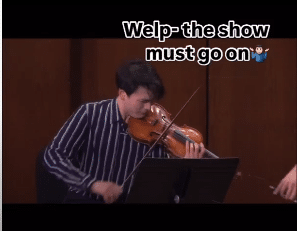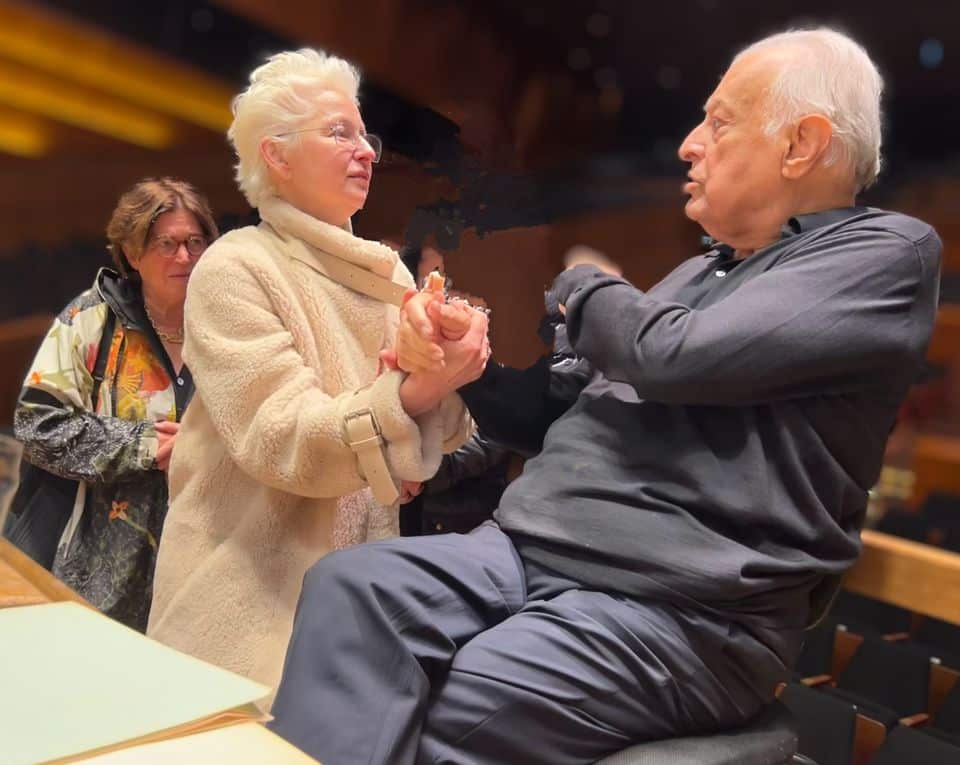Break a string? I only needed three anyway
NewsFrom US violinist Stefan Jackiw:
Last week in a performance with my Junction Trio (@conradtao and @autocellic ) at @92ndstreety , my string broke during the climax of Shostakovich’s piano trio no. 2. I didn’t want to stop and lose the momentum of the performance so I attempted to keep playing on three strings.
Moral of the story: Pay attention in transposition class.






Comments